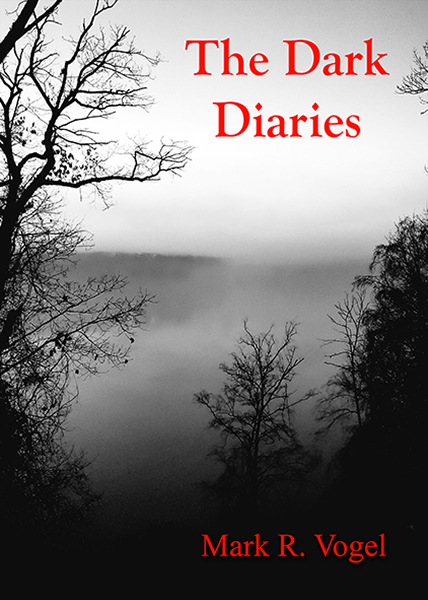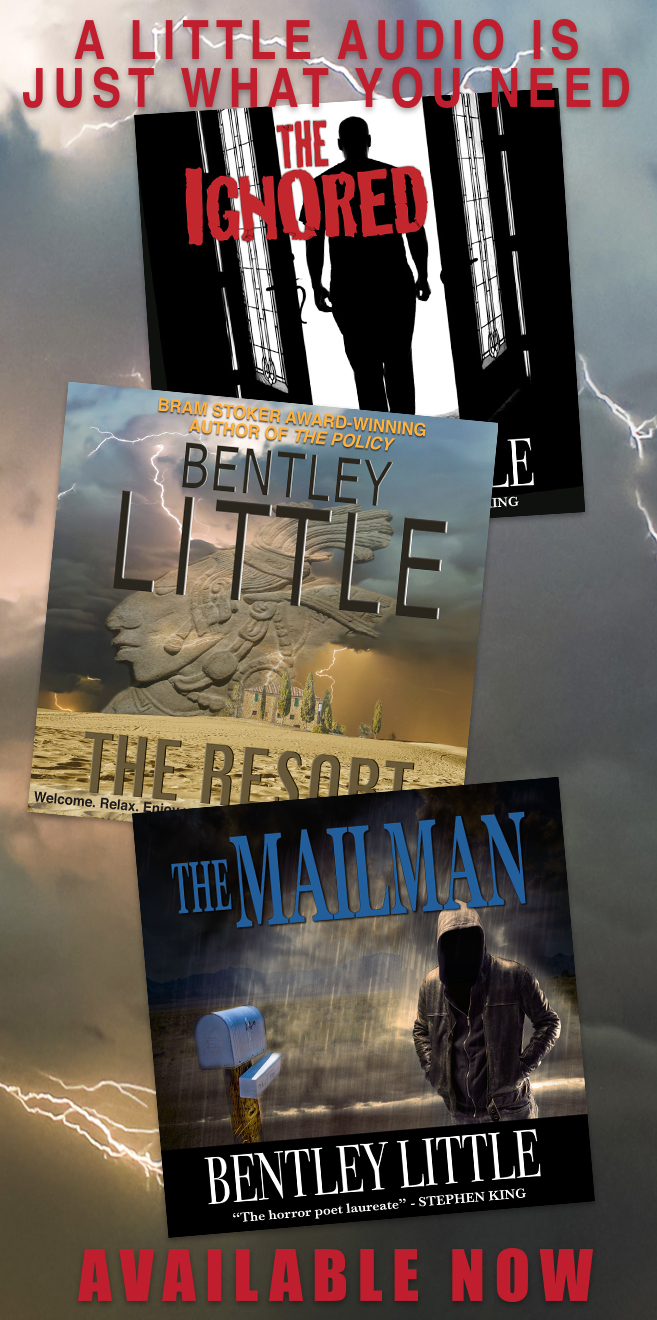Psycho did many things, not only for horror (most notably, ushering the genre into its postmodern period), but for cinema in general. This landmark production, financially backed by Alfred Hitchcock himself because his production company had issues with the subject matter as well as the fact that the director wanted to shoot it in black and white at a time when audiences were enthralled by the standardized use of color, set waves through Hollywood and would go on to be the signature for the director and, quite possibly, the most famous horror film ever made.
The film opens with the camera voyeuristically descending upon Marion Crane (Janet Leigh) meeting with her lover, Sam Loomis (John Gavin), in a Phoenix hotel room during the lunch hour. The two depart, saddened by the fact that he is unable to break away from his ex-wife due to his inability to maintain his alimony payments. However, upon returning to the office, Marion is met by Tom Cassidy, a big money Texan of a man, who inadvertently consolidates the questions Marion might have about running to Sam once she is entrusted with 40,000 dollars over the course of the weekend. Shortly after Cassidy utters the declaration, “You know what I do with unhappiness? I buy it off,” Marion does just that as she takes flight for California with the money in tow.
As night creeps upon her, Marion pulls over onto the side of the road for a nap but unintentionally sleeps through the night. We nervously watch as she is awoken by a police officer (Mort Mills). After the tension ceases, the officer merely suspicious of a car parked on the roadside, he releases her but not without his reservations due to her curt, guarded replies to his questions. Having driven long enough for the officer to turn off after initially tailing her, Marion makes the amateur decision to swap cars, pulling off into a used car lot in the next town and paying the difference upon the first car she sees in cash. Right as Marion hurriedly drives off, the police officer enters the lot, having recognized Marion and noticing her continuing anxiety. It is at this point that Hitchcock rises above simply storytelling technique in introducing a storm. The rain that begins to pummel Marion’s windshield doesn’t act as a singular foreboding of doom, it parallels Marion’s thoughts of condemnation and persecution upon being discovered on Monday morning, as well as serves as a plausible narrative event in which to get Marion off the road, and off track, in order to the crux of the plot to begin.
Marion enters the Bates Motel to be greeted by Norman. An otherwise normal man, the caretaker of the hotel evokes Marion’s sympathies, as he does the audience’s, in his fragile frame combined by the apron string of his mother which he readily drags behind him. Already, but unlike anything preceding cinema which came before, we are leaning toward Norman, if for no other reason than that we haven’t seen him steal anything or engage in promiscuous behavior.
Stuffed birds crane over Marion as the couple talk idly in the parlor while Norman pecks away at a sandwich. We become uneasy, as should Marion, about the person sitting before us. However, having eluded a large amount of danger and believing she is now out of harm’s way, Marion fails to suspect anything awry. The audience, using Marion as their emotive cue, does the same after having escaped the tension which preceded.
Norman retires but, as he passes through the motel’s lobby, he checks the register after noticing that the name Marion gave for herself runs counter to the one she signed in under, Marie Samuels. Thus, though Norman knows nothing of the stolen money, he is witness to another crime by Marion, deception, which–as we will come to later see–is something which weighs heavily upon the hotel keeper’s mind. He then moves a picture entitled “Susanna and the Elders,” which hangs on the wall separating Marion’s room and the parlor, to reveal a peephole. Norman visually rapes Marion while she undresses as she prepares to symbolically wash away her sins by showering after resigning herself to return to Phoenix directly and confess. Norman then leaves to return to a house overlooking the hotel.
Abruptly and without warning, Marion is murdered by a female figure with a butcher knife. Marion’s corpse is found by Norman shortly thereafter. Due to his dismay, he knocks off another bird picture hanging on the wall next to him as Marion’s body lies strewn across the bathroom floor. After a moment to compose himself, Norman cleans the room, collects Marion’s body (placing it in the truck of her car), returns and gathers her personal items (including the money, placing them alongside the corpse), before driving to a nearby swamp and pushing the vehicle into the bog.
We hesitate, holding our breath, as the car pauses midway down as it threatens to only partially sink into the depths below. Hitchcock is laughing, as are we, in that we are foolishly concerned, as was Marion, for the plight of this lonely individual. We never stop to reflect upon the fact that we watched alongside Norman as he violated Marion’s privacy. Nor do we consider that our first engagement with Marion was watching her in her underwear as she spoke to Sam in a post coital moment. Regardless, we are, for the first time in cinematic history, trapped by the antagonist of the picture, forced to be escorted by him since he is our only source of direction.
In typical Hitchcockian style, the remainder of the film follows Marion’s sister, Lila (Vera Miles), Sam, and Detective Arbogast (Martin Balsam) in their pursuit to find Marion after she, as well as the money, fails to return to work the following Monday.
Now, aside from the complexity of the film–the ornithological theme; the symbolic phallic raping of Marion (which would be a paradigm for the genre thereafter); the implementation of duality leading to moral and personal ambiguity, further paralleled by the void symbolized by the hollowness in the letter “o” in several characters’ names–the film confronts, not just our mortal fears but, as Roger Ebert outlines, bombards the viewer with a multitude of anxieties: our ability to commit a crime (and the consequence of being caught), our dread of being potentially (raped and) killed by a serial killer, our mortal vulnerability (symbolized by Marion’s nudity and a bare, unabashed toilet), and our concern for other’s opinions, especially our mother’s (looming over us like a decrepit house on top of a hill with its two upper rooms lit like a malicious, condemning judge). The literal presentation of these ideas manifested themselves after the film’s premier by people refusing to take showers after seeing the picture, opting for the (supposedly) more secure bath as their choice of cleansing technique.
Yet Production 9401, a.k.a. Wimpy, later to be known as Pyscho, doesn’t cease to force our confrontation on these matters alone. We are presented with a scantily clad female at the offset engaging in a situation which, due the manner it is presented, we accept as commonplace. The audience feels sympathetic for Marion though we know she is promiscuous and thief yet, due to her personality and situation, we allow such crimes to past by without conviction. We then are brazenly issued the figure of Marion nude before being presented by another unspeakable, a toilet onscreen (though many scenes are filmed involving a bathroom prior this cinematic faux pas), before our ears are razed by the social no-no “transvestite.” All of this, if we were questioned upon whether or not we would actively, willing engage in such matters (even in theoretical speculation), would hardly permit a pause before most of us would retort, offended, in the negative. However, as with many of Norman’s lines in the film, after reflection, our prudishness is unfounded and becomes comical as a consequence as does the likelihood that a shrink could psychoanalyze someone in a mere matter of minutes, as opposed to taking months and even years to unlock the fortified labyrinths of the human mind in a manner as easy as walking into a cellar to find what people are attempting to hide from public view.
-Egregious Gurnow
- Interview with J.R. Bookwalter - January 22, 2015
- Interview with Andrew J. Rausch - January 22, 2015
- Interview with Rick Popko and Dan West - January 22, 2015
- Interview with Director Stevan Mena (Malevolence) - January 22, 2015
- Interview with Screenwriter Jeffery Reddick (Day of the Dead 2007) - January 22, 2015
- Teleconference interview with Mick Garris (Masters of Horror) - January 22, 2015
- A Day at the Morgue with Corri English (Unrest) - January 22, 2015
- Interview with Writer/Director Nacho Cerda (The Abandoned, Aftermath) - January 22, 2015
- Interview with Actress Thora Birch (Dark Corners, The Hole, American Beauty) - January 22, 2015
- Interview with Actor Jason Behr, Plus Skinwalkers Press Coverage - January 22, 2015


